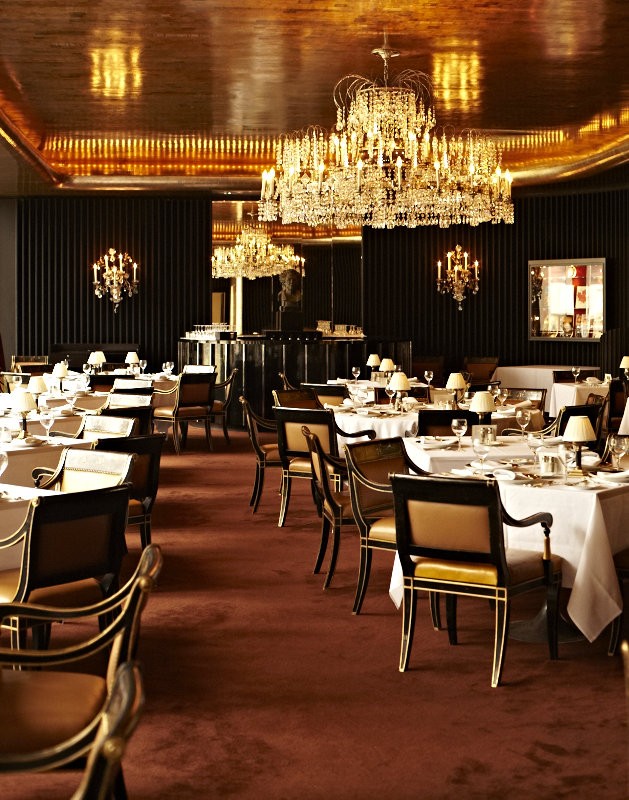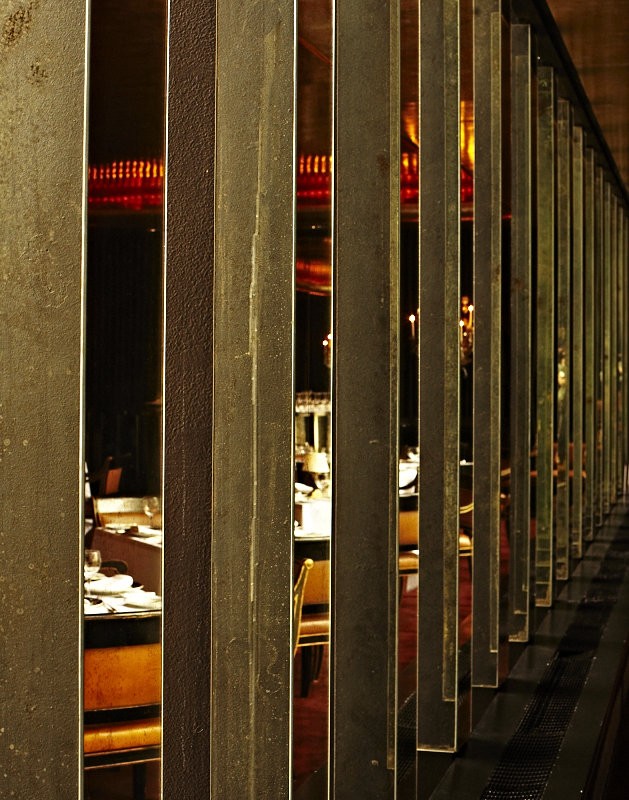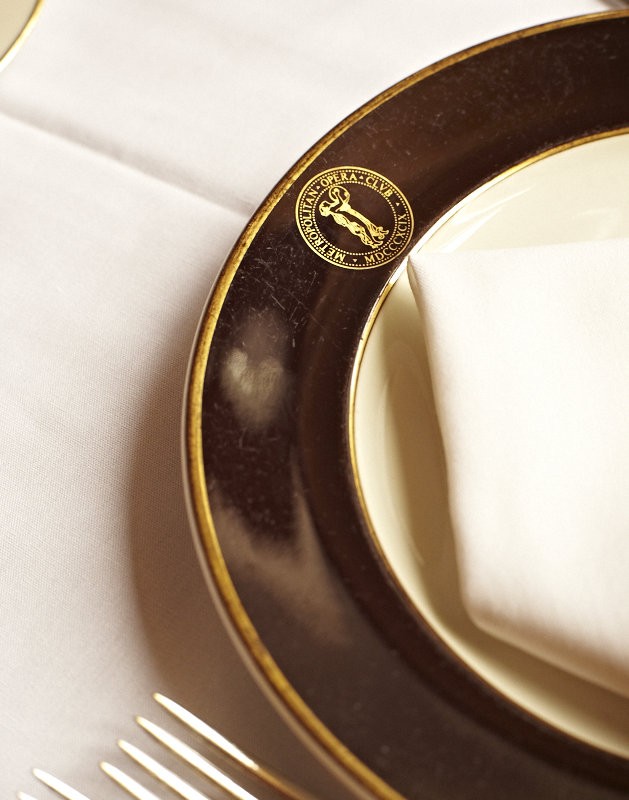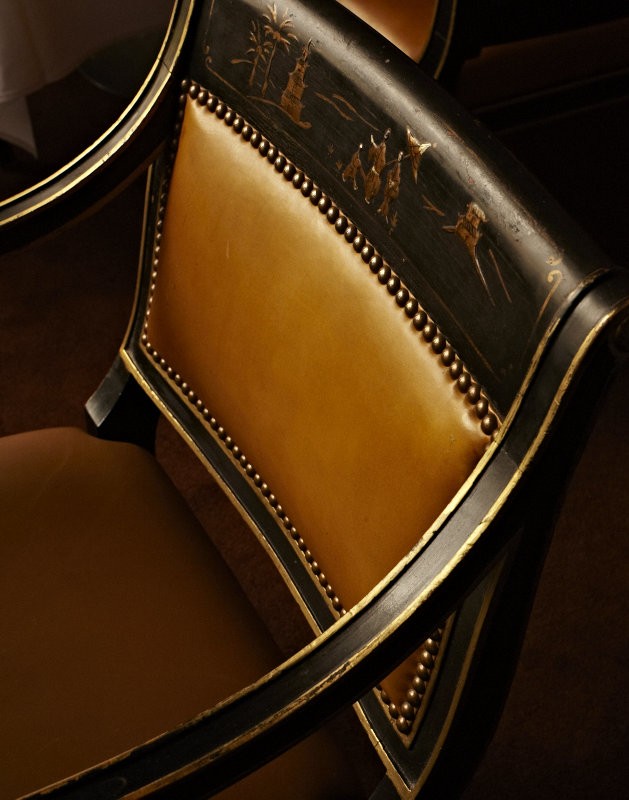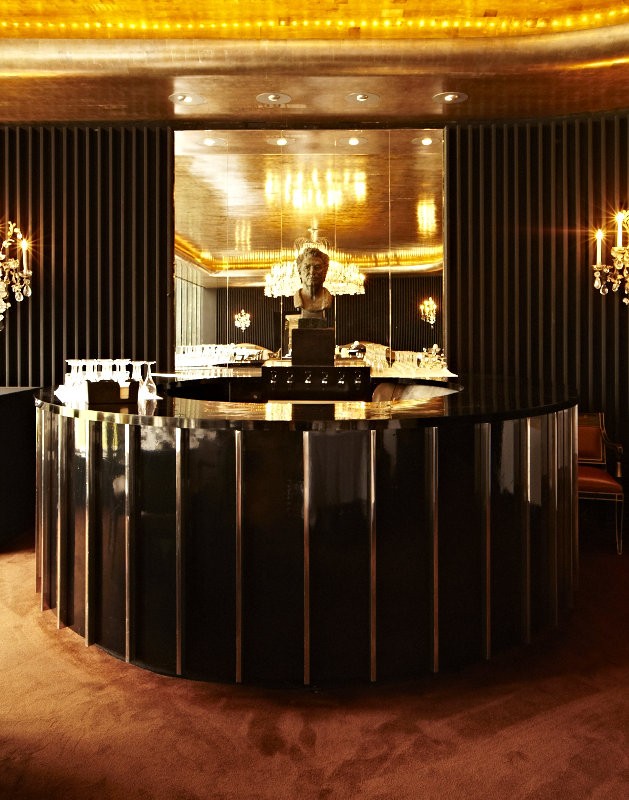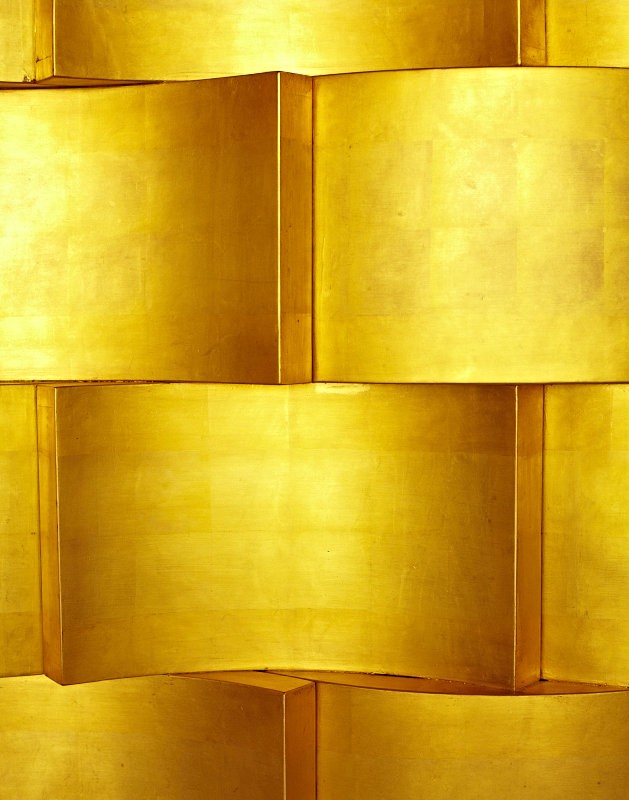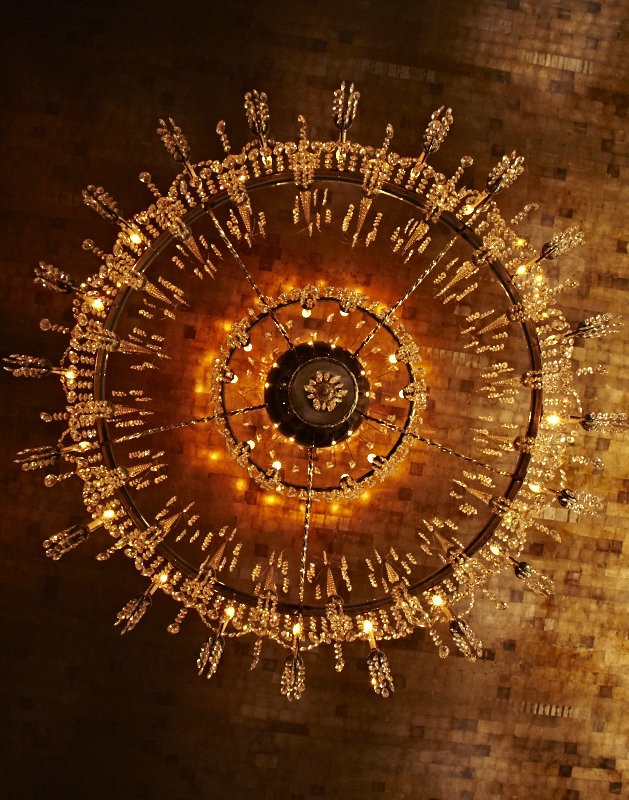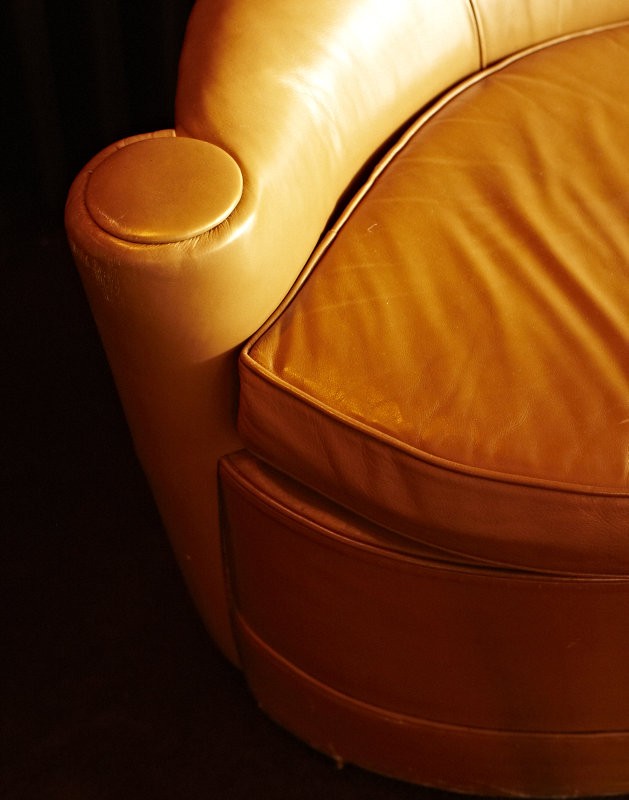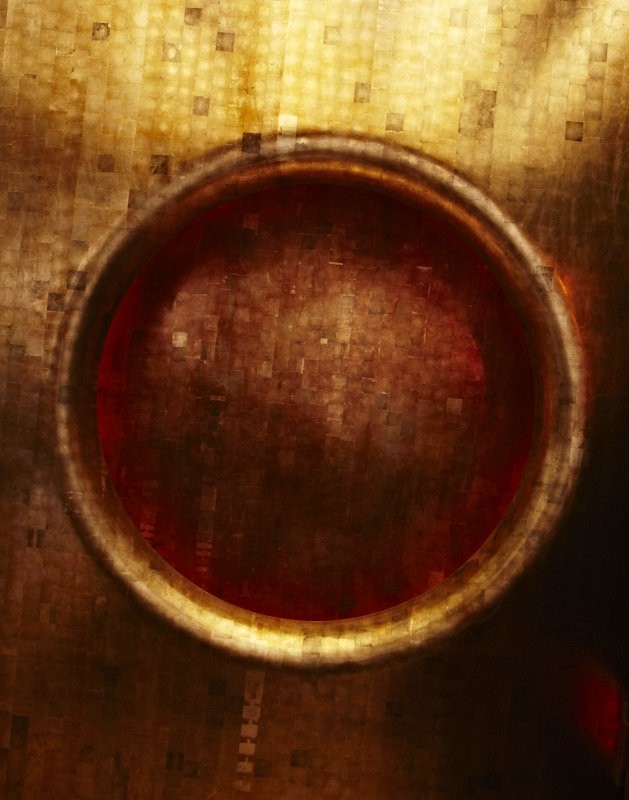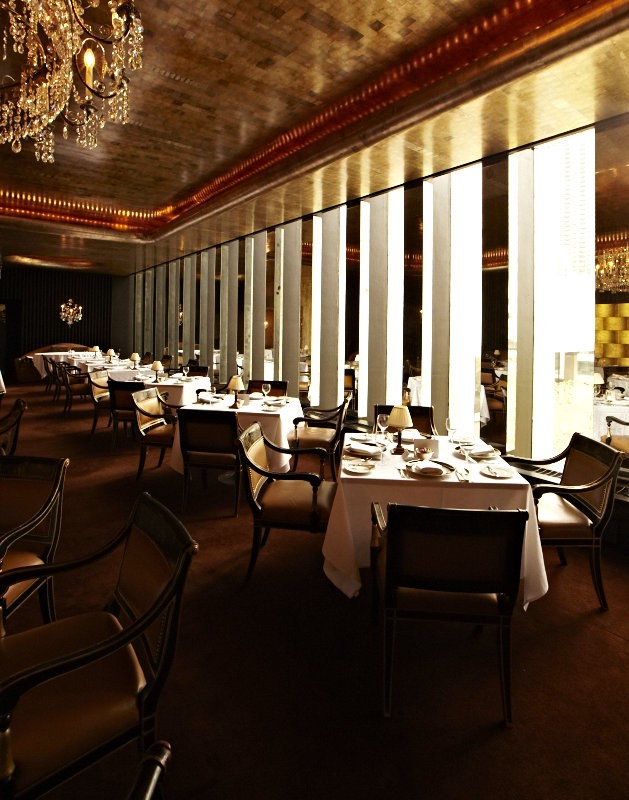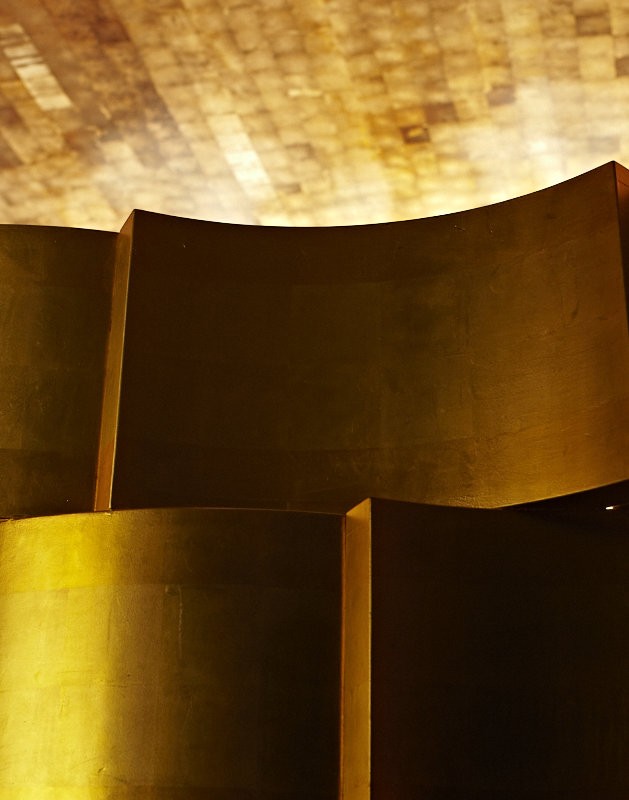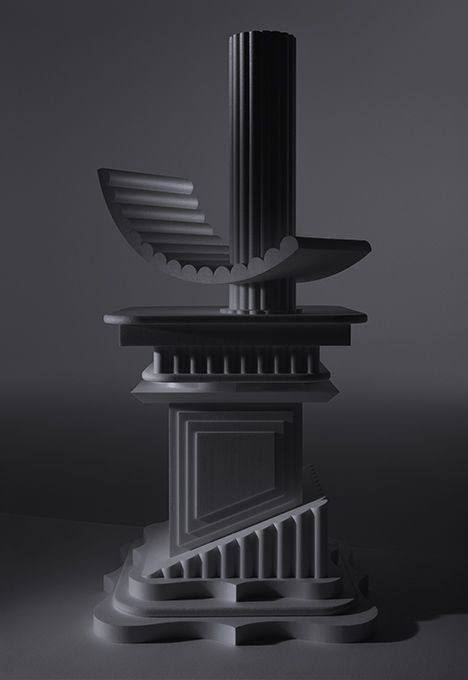THE METROPOLITAN OPERA CLUB: AN INTERVIEW WITH MEMBER DAVID BEER
Founded in the 1890s, the Metropolitan Opera Club is a private club for men — and since 1981 for women too — located on the dress-circle level of the Metropolitan Opera House, another New York institution affectionately known as the Met. The current building was designed by Wallace K. Harrison and completed in 1966. Access to the club is gained via either the main stairs or a private elevator that opens directly into the clubroom. The number of members is limited by the seating capacity of the club boxes and by the size of the clubroom. The club is a place for people who are passionate about opera, and club life revolves around the performances. It includes incisive lectures on all sorts of opera-related subjects as well as dinners at which opera stars are guests of honor. Dinner is served before performances and during intermissions for weeknight operas, while lunch is offered during the Saturday matinees.
I was six years old the first time my father took me to the Metropolitan Opera Club. My mother was not as big an opera fan as my father so he often took me along instead. By the age of seven I was a fairly regular guest. Accompanying my father to the opera remains one of my most vivid childhood memories, and dressing up and staying out on a school night became a surprisingly normal event. I remember my twelfth-birthday cake being a rendering of the Met’s façade, complete with icing Chagalls. Members and their guests are required to wear black tie at evening performances and the dress code for women used to require them to wear dresses. My father still hasn’t quite forgiven me for turning up to a performance of the Ring Cycle in the early 1990s wearing a clothing choice that I knew was far too informal. In addition to being a devoted opera fan, my father is a very accomplished architect, one of the founding BBG-BBGM. I recently realized that although we’ve talked many times about opera, we’ve never discussed either the Opera Club or its amazing interiors.
When did you join the Opera Club?
I’m told I joined in 1967, the second year of the new Opera Club. I thought I’d actually joined the first year, but I'm not going to contest that fact, I see no reason why they would have gotten it wrong. But my recollection was definitely that I joined the first year. I think mine is the third-longest membership.
Is it difficult to become a member?
The most important qualification for membership is to really love opera. As long as the person has that passion, it's not difficult to join.
Can you tell me a little about the designer of the Opera Club, Angelo Donghia?
He was a very important designer at the time, particularly as he did a lot of furniture. He was obviously a contemporary modern designer but with a sort of rich traditional use of fabrics and lighting fixtures and things. I don’t know really much more about him except that there is still a line of furniture under his name that is being sold in department stores all over the world.
Was he a surprising choice for that particular context, or would he have been considered the designer to hire at the time?
No, he was an unusual choice. If you look at the boardroom for the opera and the Belmont Room, where the Guild has its clubroom, they are very traditional, very safe. The Opera Club by contrast has a rich use of fabrics. It’s much more contemporary, although it uses a lot of mirror as well as the chandelier which, by the way, I think is quite special. I really don’t like big chandeliers in low rooms but I think this one is extremely successful, as is the use of the dark wood and the shiny pewter-color silver leaf. It has nothing to do with the rest of the private rooms, although I would say it has quite a lot to do with the look of the opera house itself.
Has the club changed a lot since the 1960s?
The club has preserved its original furniture although the placement is different. It used to have banquettes along the windows, which were difficult to access; velvet is not a good material to slide on. I'm a big believer that if you get it right, don't fix it — why would you change it? (EB: In the 1980s, the original chairs were in danger of being retired but my father singlehandedly lobbied to save them. He felt they were an essential part of the design of the room.)
Why did you join?
I have loved opera since I was taken to what was probably a very simple production of Faust at the City Center in the early 50s. And my first date with my future wife (EB: my mother) was walking to the old Met in a snowstorm to get standing-room tickets to see Leontyne Price and Franco Corelli in Il Trovatore — in fact we got front-row seats. I also waited in line for 20 hours to get standing room for Callas’s debut in Norma, prancing just like a horse. If you go every night, or only once a season, it costs the same to be a member. I go about once every two weeks but if I particularly like a production I may go as often as three times to the same opera. I went twice to Anna Bolena and Satyagraha because they are rarities, but I still enjoy the Traviatas and Bohèmes if the casts are special.
Can you explain the dress code?
Black tie is always required for men at evening performances. Pants were allowed as an option for women after 1995. White tie is preferred on Mondays, but I don’t do it.
Why are the Opera Club seats so far to the side?
As we have seats be extremely expensive if the club had premium seats. In the old house, we had side seats but also a door that lead directly into the club so, in moments of boredom, you could retire to the bar. Alas, not in the new house. But a little-known fact is that while our seats may not have the best view, they have the best acoustics of any — a compensating advantage. The sound bounces right off the proscenium arch and into our balcony.
Text by Elizabeth Beer. Photography by Adrian Gaut.
Taken from PIN–UP 13, Fall/Winter 2012/13.

